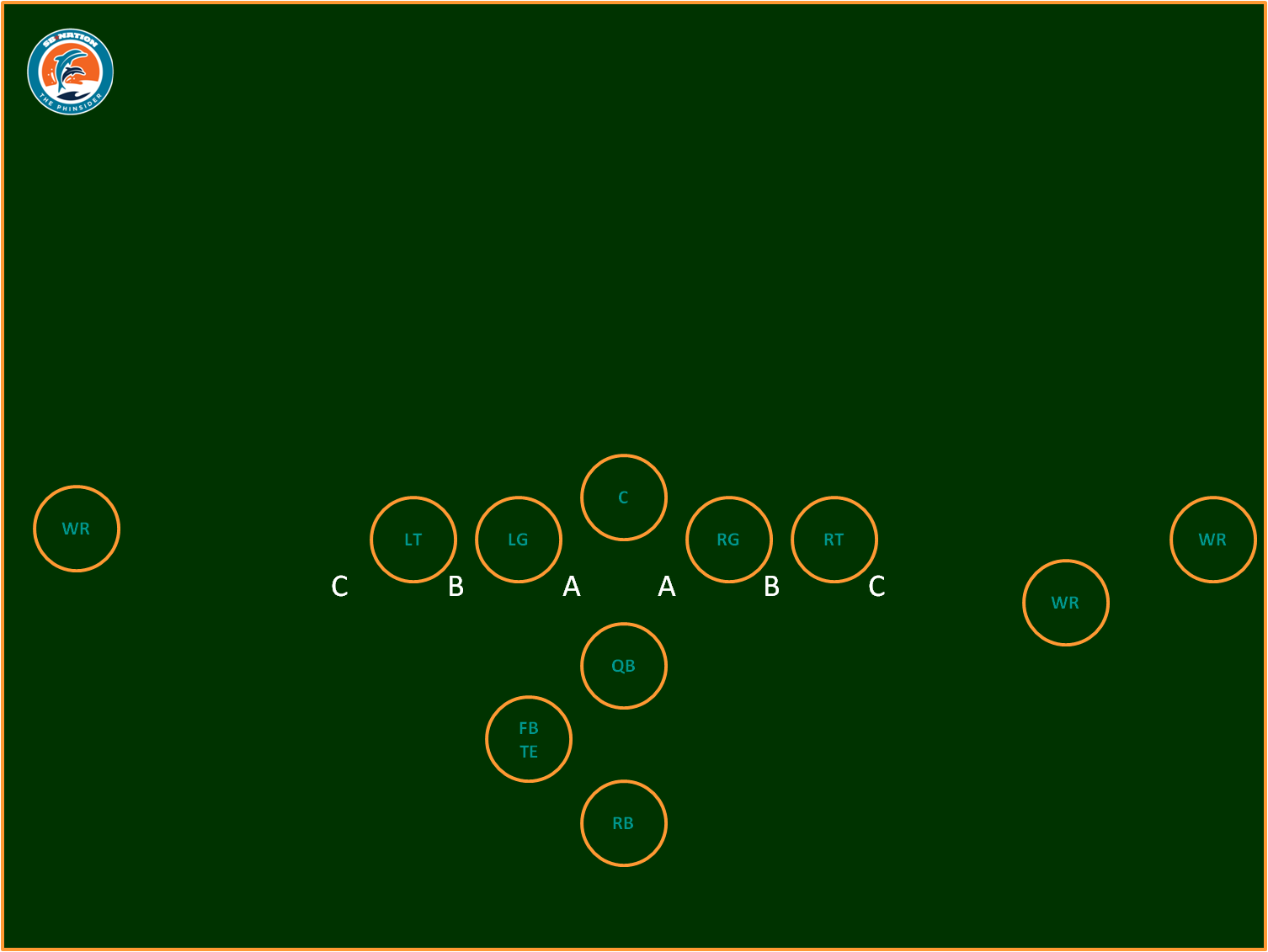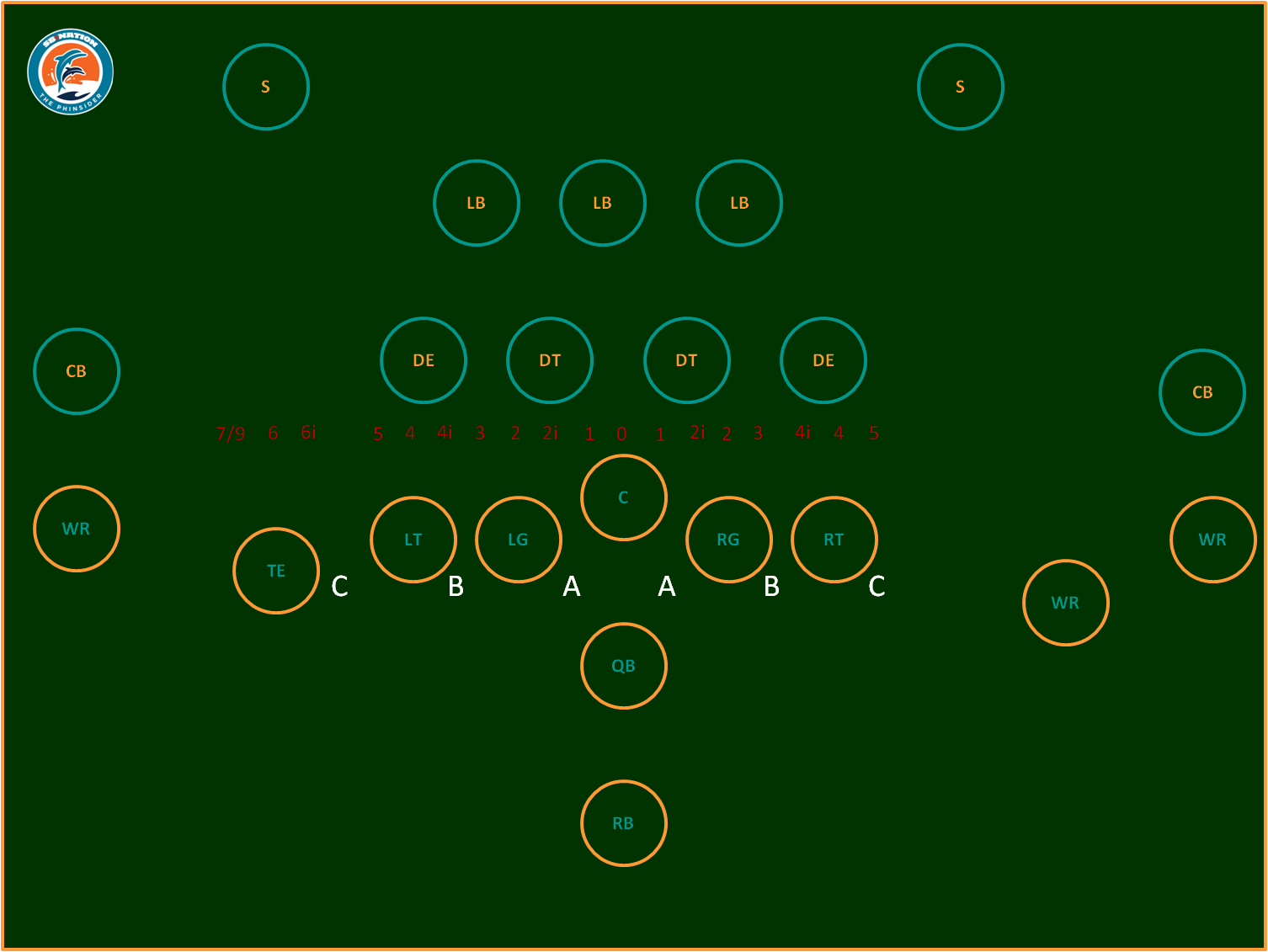- Messages
- 16,981
- Reaction score
- 5,284
5 technique you are outside shoulder of tackle 7 inside shoulder of TE and 9 technique I think you are outside shoulder of the TE I believeOK, question for all those knowledgable football guys. I'd like to think I know a fair amount, though I never played organized football.. But the following from MM is interesting:
someone care to explain exactly the difference between 5 and 9 technique?


